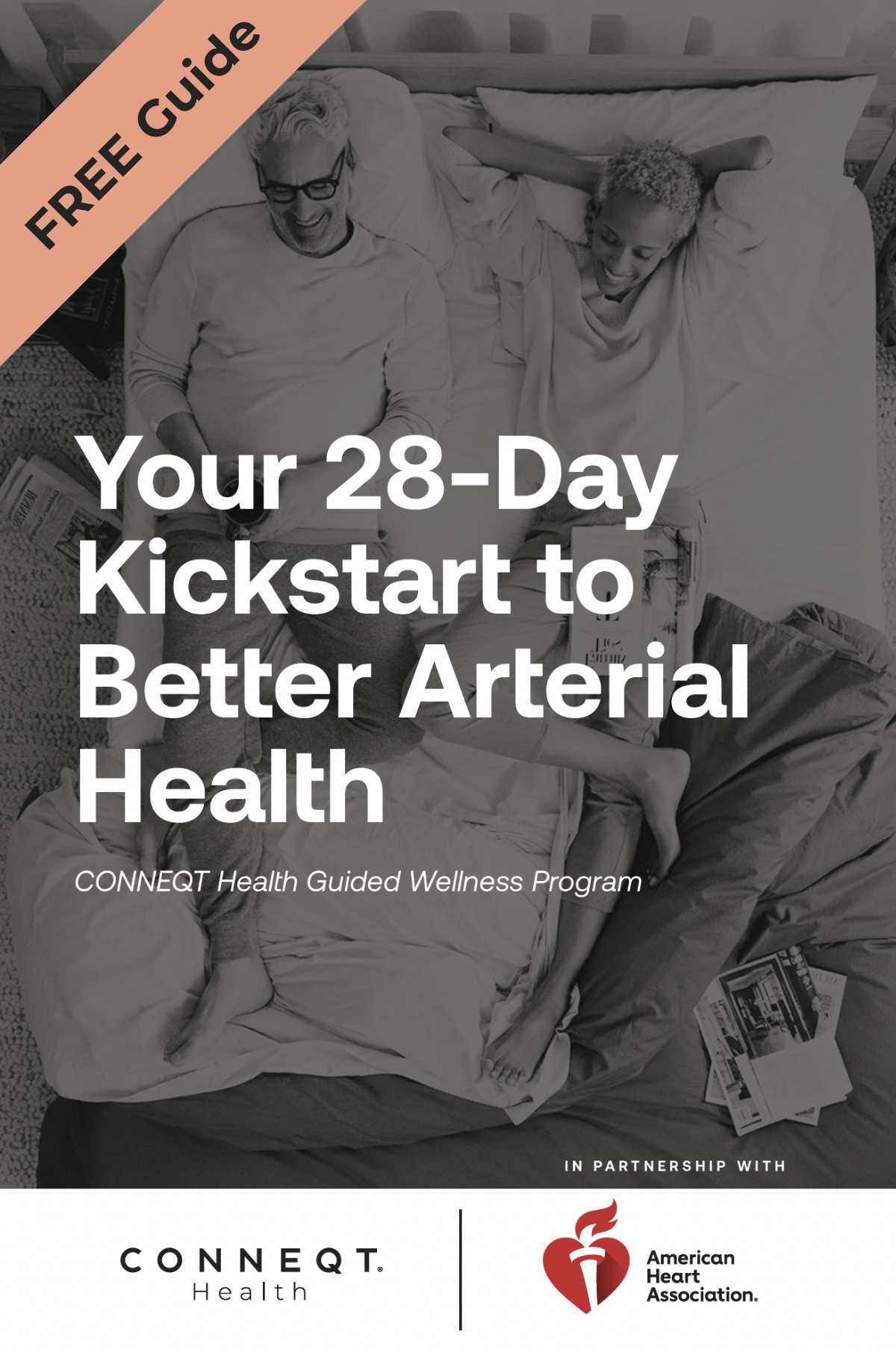When we think about aging, we often picture changes like wrinkles or gray hair—external markers of time passing. But what if the most telling signs of aging were hidden within your arteries? Increasingly, research points to arterial stiffness and early vascular aging as critical factors that influence not just your heart health, but your entire lifespan.
What Is Early Vascular Aging (EVA)?
Early Vascular Aging (EVA) occurs when your arteries age faster than the rest of your body. Normally, arteries lose flexibility gradually over time as part of the natural aging process. However, in EVA, this stiffening accelerates, causing the arteries to function as though they belong to someone significantly older. EVA isn’t just a condition; it’s a critical warning sign that your cardiovascular system is aging prematurely, increasing your risk of diseases typically associated with older adults, such as hypertension, heart disease, and stroke—regardless of your chronological age.
In practical terms, you might be 40 years old, but if you have EVA, your arteries could behave like those of someone in their 60s. This mismatch can profoundly impact your longevity and healthspan, cutting short the number of years you live in good health.
The Anglo-Cardiff Collaborative Trial (ACCT), conducted by researchers at Cambridge University, provided a groundbreaking understanding of both normal vascular aging and EVA. Using the same SphygmoCor technology that powers the CONNEQT Pulse, the ACCT established benchmarks for how arteries age under healthy conditions. These benchmarks make it possible to identify individuals whose vascular systems are aging prematurely, allowing for early intervention.
EVA and Longevity: The Ticking Clock Within
EVA is seen as a “silent time bomb” because it often progresses unnoticed until serious complications arise. Unlike gray hair, which you can see in the mirror, EVA lurks below the surface, making it crucial to detect and address early.
Here’s why EVA is especially concerning for longevity:
- Increased Disease Risk: Stiff arteries are a breeding ground for cardiovascular events like heart attacks and strokes, which remain leading causes of death globally.
- Accelerated Biological Aging: EVA reflects biological aging—your body’s true age. When your arteries are older than your actual age, your healthspan (the years you live in good health) shortens.
- Impact on Vital Organs: Stiff arteries can reduce blood flow to critical organs like the brain and kidneys, leading to cognitive decline and chronic conditions.
In short, EVA isn’t just a cardiovascular issue—it’s a longevity issue.

How to Detect EVA
Detecting EVA early provides a critical opportunity to take action and preserve your vascular health. While traditional measures like brachial blood pressure offer some insight, they often fail to capture the early signs of arterial stiffening that characterize EVA. Advanced metrics like central blood pressure—a measure of the pressure closer to the heart—and augmentation index (AIx)—an indicator of arterial stiffness—provide a more comprehensive understanding of arterial health. These metrics enable earlier, more accurate identification of EVA, allowing for timely interventions.
The CONNEQT Pulse revolutionizes how you monitor arterial health by bringing these advanced measurements to your fingertips. Using the same technology validated by landmark studies like the Anglo-Cardiff Collaborative Trial (ACCT), the device offers an easy, non-invasive way to track central blood pressure and AIx from the comfort of your home. With regular monitoring, you can identify trends, detect EVA early, and take proactive steps to slow or reverse its effects.
By providing clear, actionable insights, the CONNEQT Pulse empowers you to address EVA before it leads to complications like hypertension, heart disease, or stroke. Early detection doesn’t just extend your lifespan—it enhances the quality of your life, helping you maintain vitality and health as you age.
Reversing EVA and Maintaining Arterial Flexibility
While EVA might sound daunting, the good news is that it’s not a one-way street. By adopting a proactive approach, you can improve arterial health and achieve healthy vascular aging. Here’s how:
- Stay Active: Regular aerobic exercise like walking, cycling, or swimming can improve arterial elasticity and reduce central blood pressure.
- Choose Heart-Healthy Foods: A diet rich in fruits, vegetables, and healthy fats can combat inflammation and slow the progression of EVA.
- Manage Stress: Chronic stress accelerates vascular aging. Mindfulness practices, yoga, or deep breathing can support arterial health.
- Monitor Your Arterial Health: Tools like the CONNEQT Pulse provide insights into key vascular metrics, helping you track progress and make informed health decisions.
Your Arteries, Your Longevity
While arterial stiffening is a natural part of aging, EVA is not inevitable. With timely lifestyle changes and targeted interventions, it can often be prevented or even reversed. By comparing your arterial health metrics to the benchmarks established by the Anglo-Cardiff Collaborative Trial (ACCT), you can identify and address EVA early—well before it leads to serious complications. Taking proactive steps now can help you achieve not only a longer life but also a healthier one.
EVA is a powerful reminder that aging isn’t just about the number of years you’ve lived; it’s about how well your body’s systems are functioning. By addressing arterial stiffness and focusing on early vascular aging, you’re doing more than adding years to your life—you’re improving the quality of those years, ensuring they’re filled with vitality and health.









